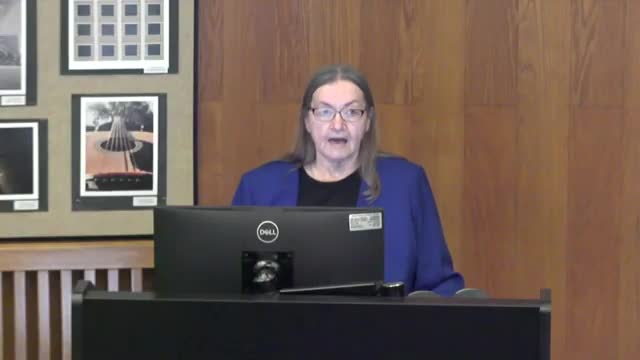Alachua School Board Discusses Proposed Tax Increase for Fiscal Year 2025-2026
July 26, 2025 | Alachua, School Districts, Florida
This article was created by AI summarizing key points discussed. AI makes mistakes, so for full details and context, please refer to the video of the full meeting. Please report any errors so we can fix them. Report an error »

In a recent board meeting held on July 24, 2025, Alachua County Public Schools officials discussed critical financial matters, particularly focusing on the proposed millage rates for the upcoming fiscal year. The meeting, led by the district's chief financial officer, highlighted the importance of transparency in tax assessments and the implications of property value increases on local funding.
The chief financial officer, with extensive experience in school finance, began by addressing errors in the PowerPoint presentation used during the meeting. These corrections were crucial as they pertained to the proposed millage rates, which are essential for determining the district's funding from the state. The officer emphasized that the required local effort is not optional; failure to levy the necessary amount would result in a loss of state funding.
A significant point of discussion was the Truth in Millage (TRIM) statute, which mandates that school boards disclose the rollback rate, a measure intended to prevent automatic revenue growth due to rising property values. The proposed millage for the 2025-2026 fiscal year is set to be 2.52% higher than the rollback rate, which means the district will need to advertise a tax increase. However, due to increasing property values in Alachua, the total millage to be levied will be lower than the previous year, translating to an estimated cost of $29.97 annually for the average homeowner.
The board also discussed the importance of timely communication with the public regarding these changes. The advertisement for the proposed tax increase will be published in local newspapers, ensuring compliance with TRIM regulations. However, due to delays in receiving necessary data from the state, some publications may only appear online.
As the meeting concluded, the board was urged to approve the advertisement for the proposed millage rates, which will play a crucial role in funding educational programs and services in the district. The discussions underscored the ongoing challenges faced by school districts in balancing funding needs with the financial impact on local taxpayers. The board's decisions in the coming weeks will be pivotal in shaping the district's financial landscape for the upcoming year.
The chief financial officer, with extensive experience in school finance, began by addressing errors in the PowerPoint presentation used during the meeting. These corrections were crucial as they pertained to the proposed millage rates, which are essential for determining the district's funding from the state. The officer emphasized that the required local effort is not optional; failure to levy the necessary amount would result in a loss of state funding.
A significant point of discussion was the Truth in Millage (TRIM) statute, which mandates that school boards disclose the rollback rate, a measure intended to prevent automatic revenue growth due to rising property values. The proposed millage for the 2025-2026 fiscal year is set to be 2.52% higher than the rollback rate, which means the district will need to advertise a tax increase. However, due to increasing property values in Alachua, the total millage to be levied will be lower than the previous year, translating to an estimated cost of $29.97 annually for the average homeowner.
The board also discussed the importance of timely communication with the public regarding these changes. The advertisement for the proposed tax increase will be published in local newspapers, ensuring compliance with TRIM regulations. However, due to delays in receiving necessary data from the state, some publications may only appear online.
As the meeting concluded, the board was urged to approve the advertisement for the proposed millage rates, which will play a crucial role in funding educational programs and services in the district. The discussions underscored the ongoing challenges faced by school districts in balancing funding needs with the financial impact on local taxpayers. The board's decisions in the coming weeks will be pivotal in shaping the district's financial landscape for the upcoming year.
View full meeting
This article is based on a recent meeting—watch the full video and explore the complete transcript for deeper insights into the discussion.
View full meeting